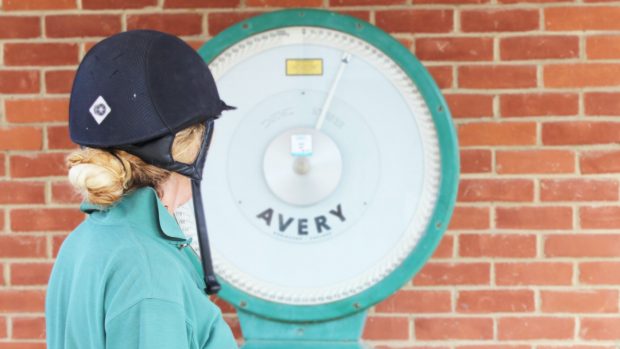The range of practitioners available to help keep equine athletes in tip-top condition is staggering. But who should you turn to first and how can you check their credentials?
Here we find out what to expect and what to look out for when using equine biomechanists.
What do they do?
Equine biomechanists specialise in the mechanics of the horse, particularly the measurement and analysis of movement.
By using video or sensors and analysing a horse’s movement mathematically, they can work out what is going on internally. This can help to identify such problems as tendon and ligament strains and analysing the spinal, joint and muscle forces involved in a specific movement.
When might you use one?
Biomechanists do not diagnose or treat horses, so are not therapists. They are employed to analyse a movement problem or monitor rehabilitation. They might answer a question such as, “Are this horse’s kissing spines improving?” Biomechanists do not provide treatment — they merely quantify or predict change.
Qualification check
Biomechanists train in both anatomy and engineering and so need a degree, PhD and further post-graduate guidance. But the horseworld has no accreditation for clinical scientists or engineers, so anyone can call themselves a biomechanist, despite having little or no training.
To find out about other equine practitioners, inclusing physiotherapist and osteopaths, see 1 November issue of H&H
Read more about back problems
Read more about joint problems



